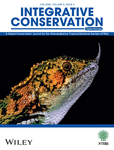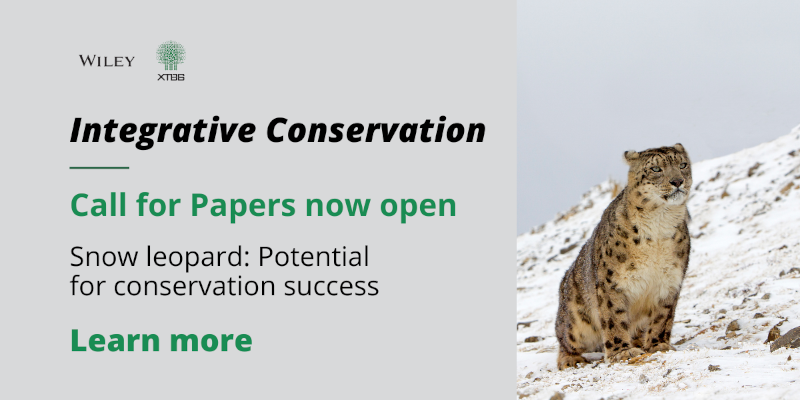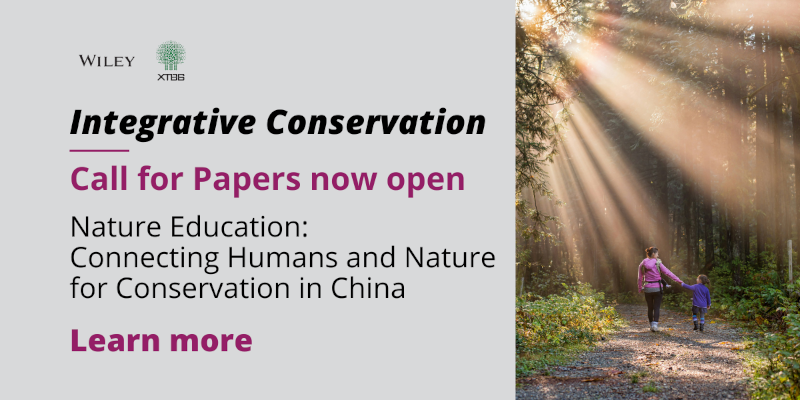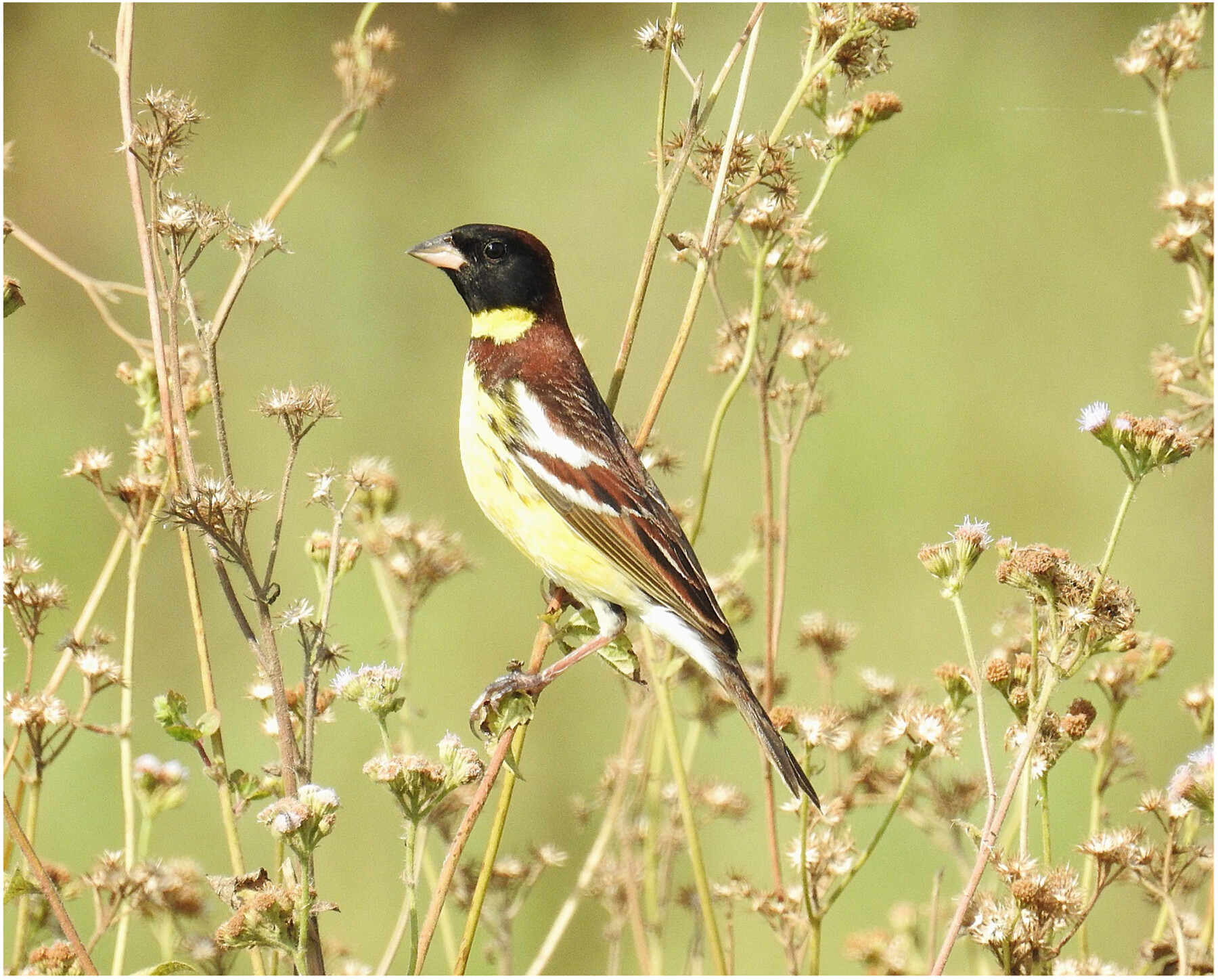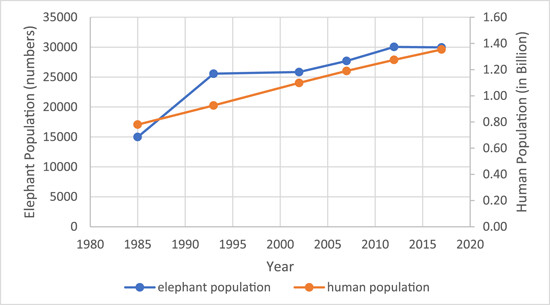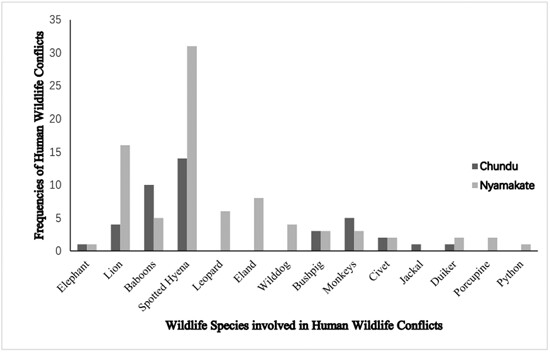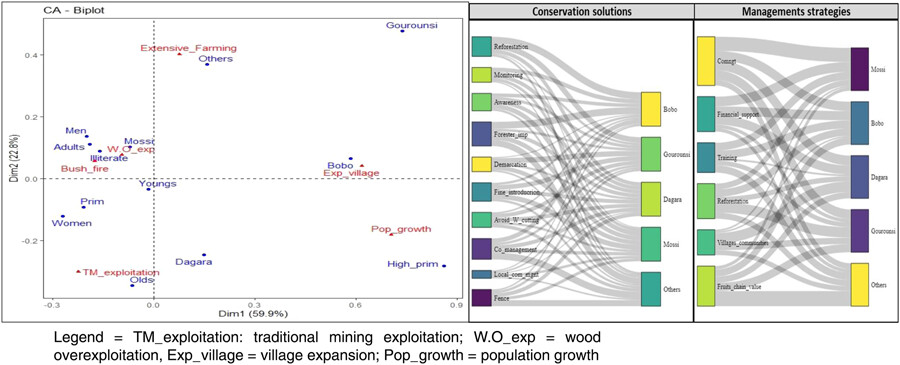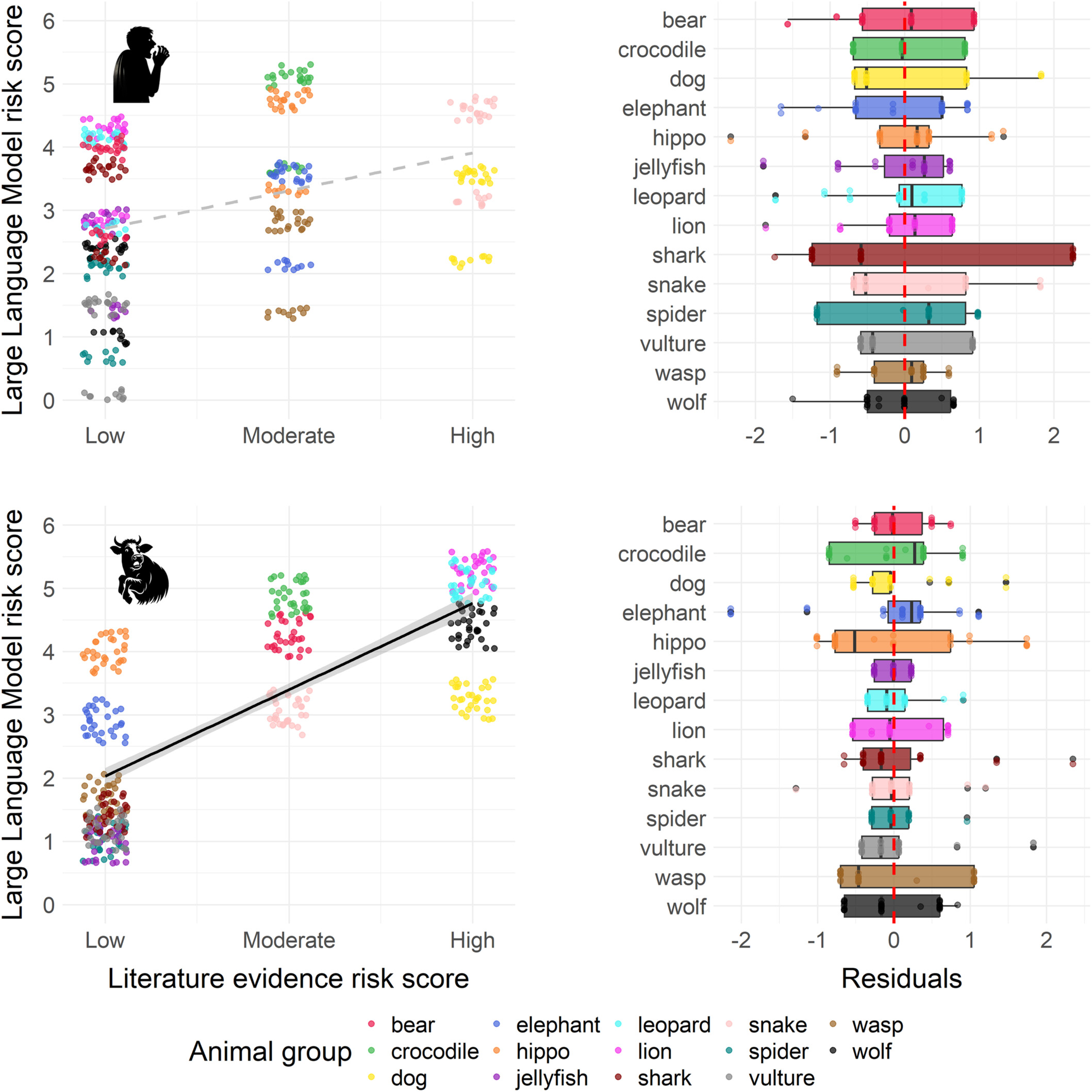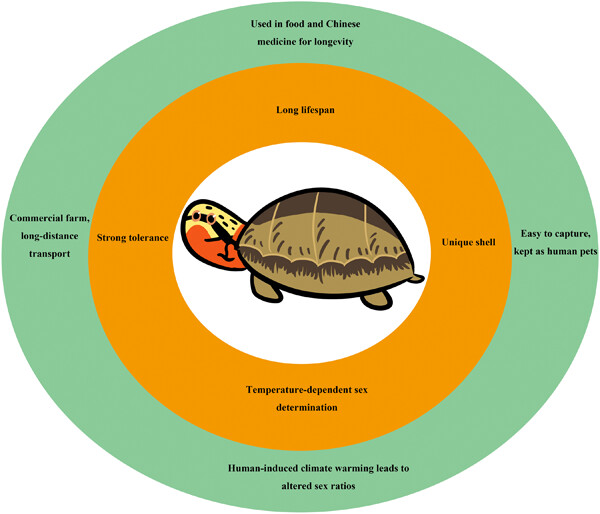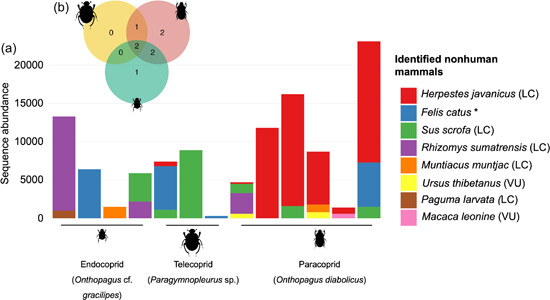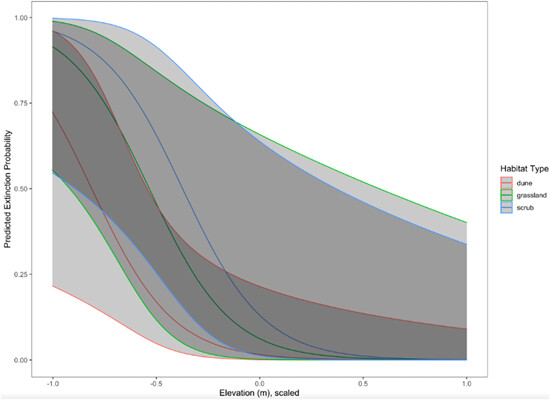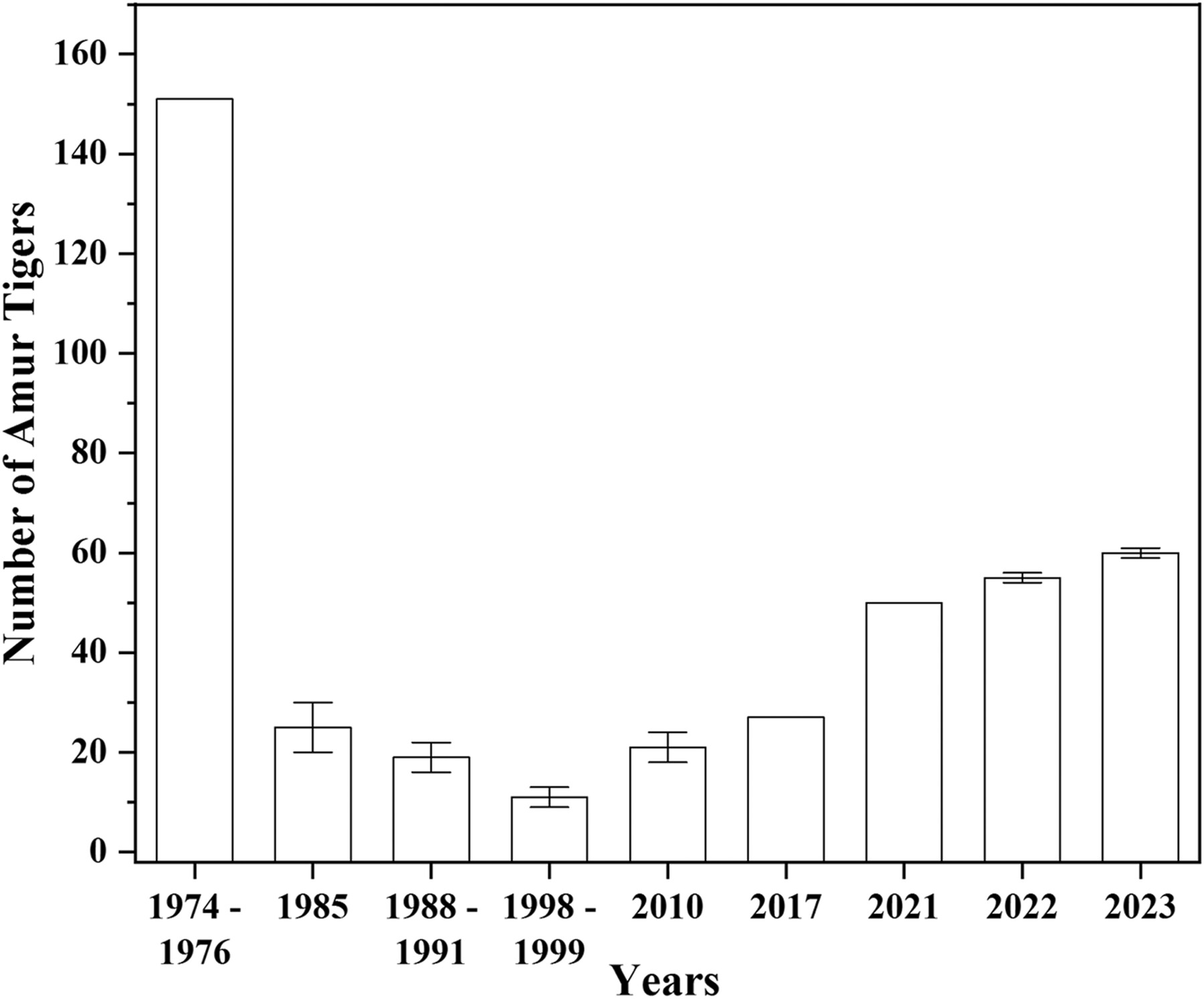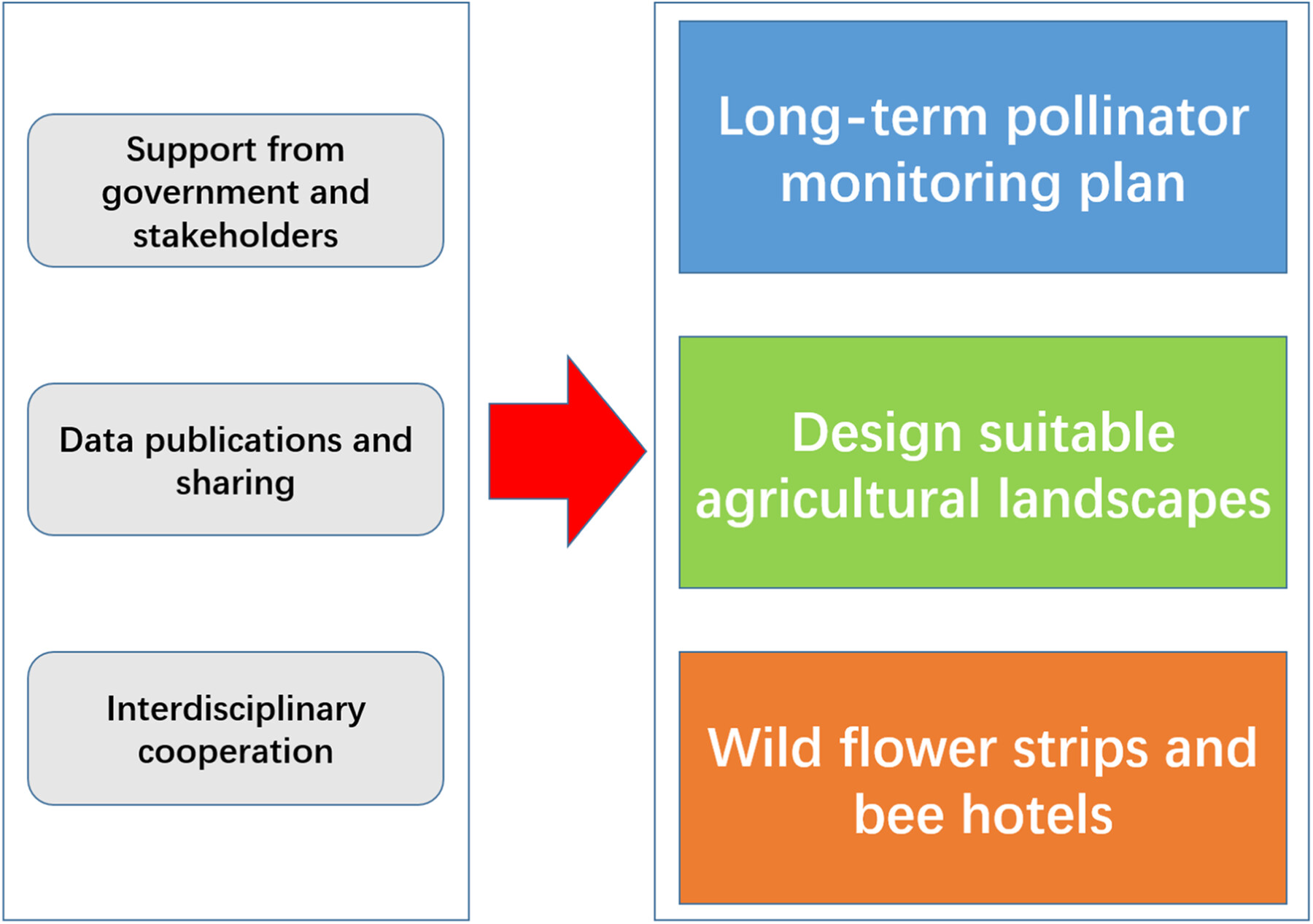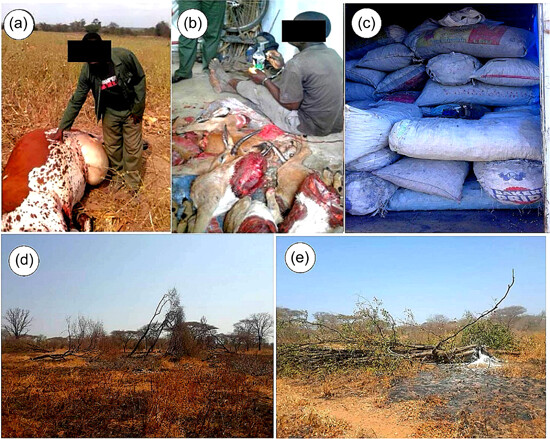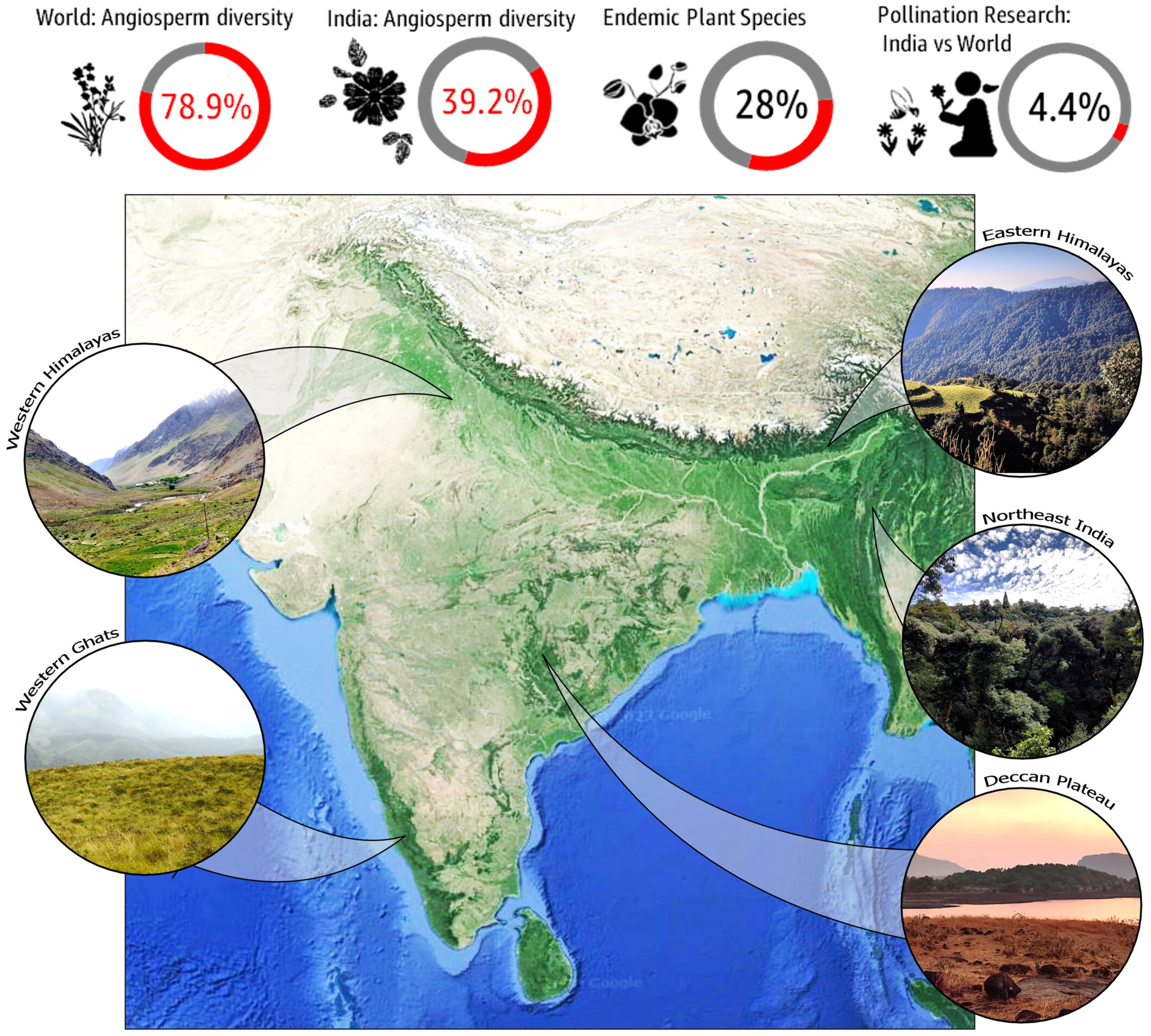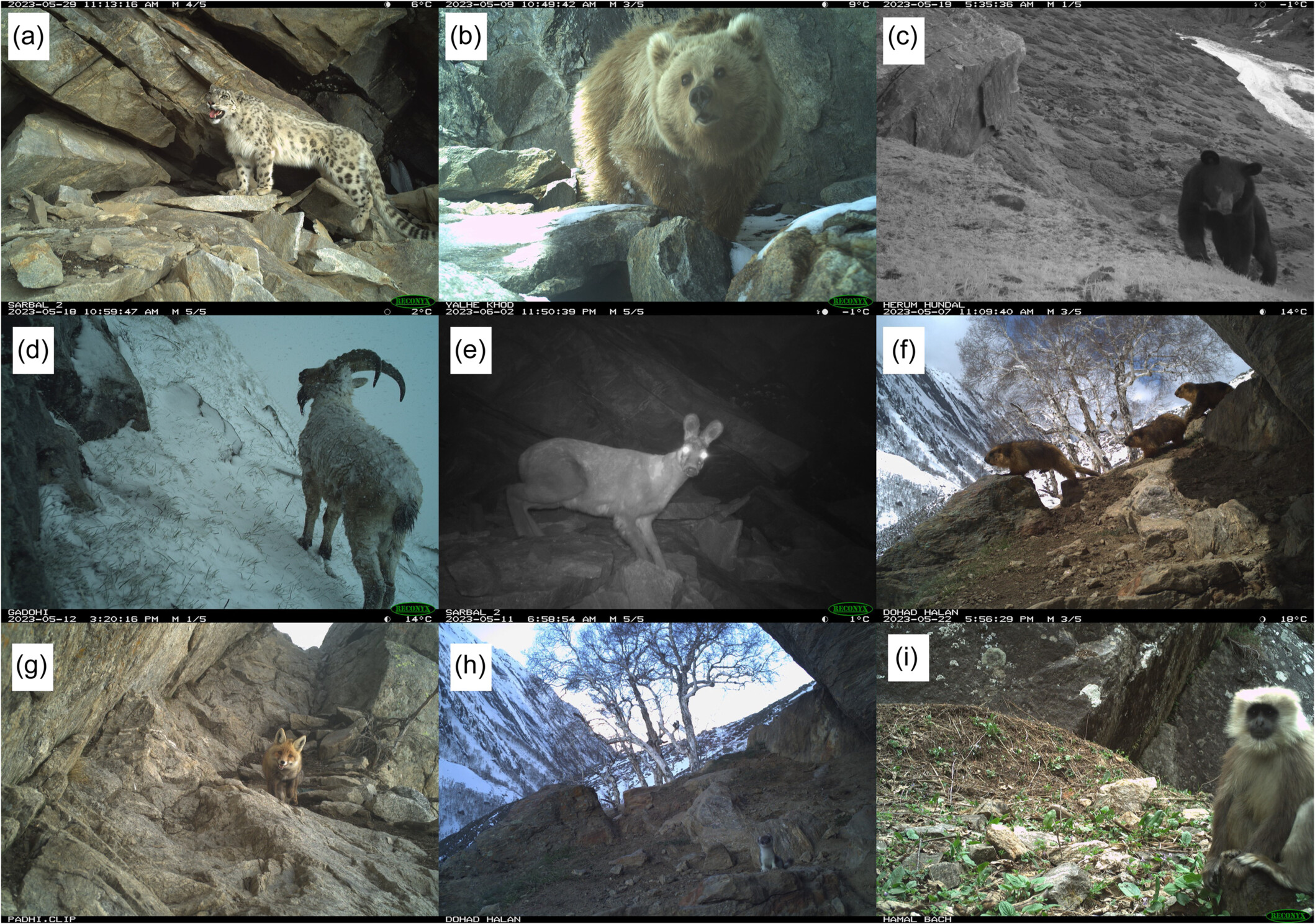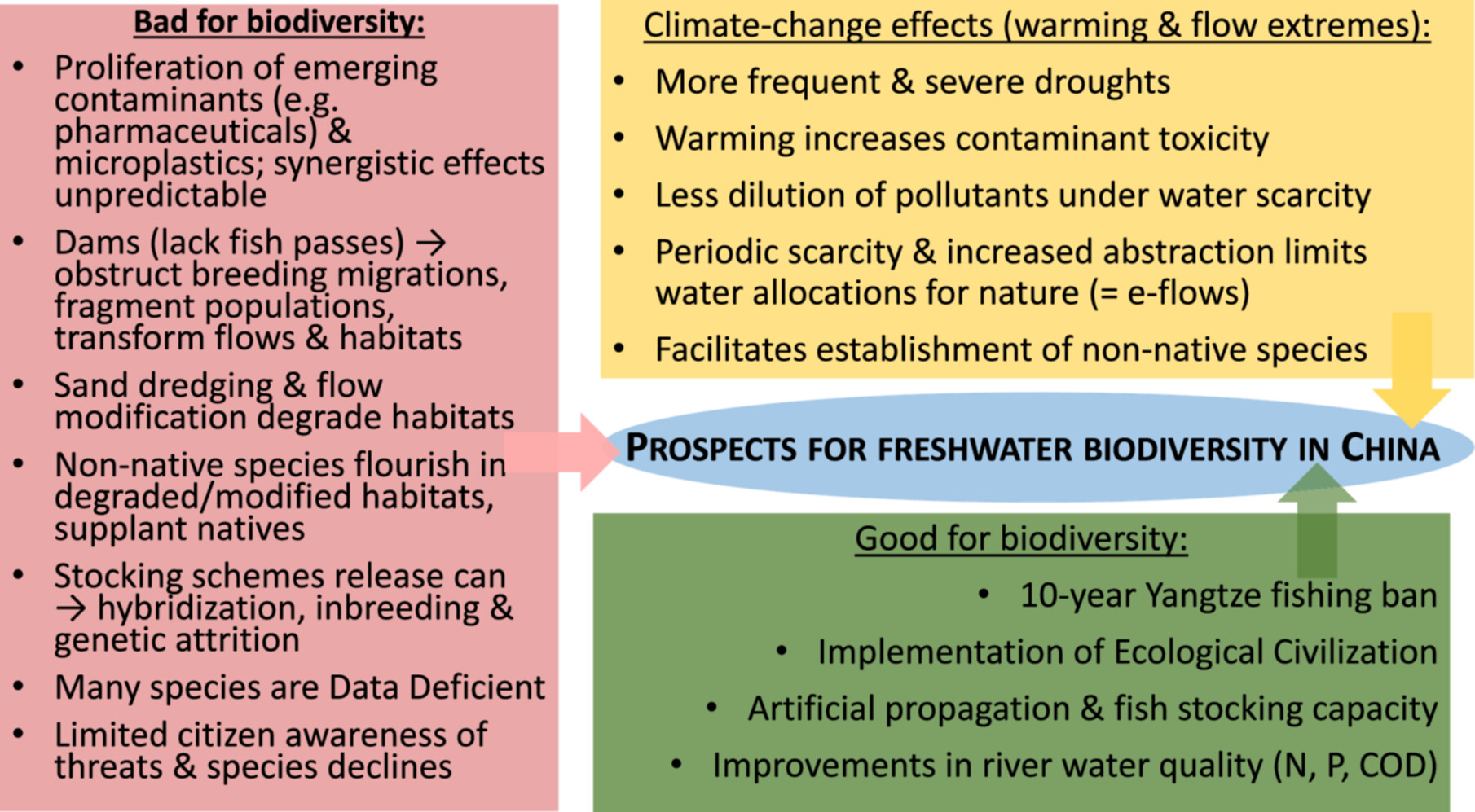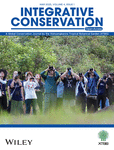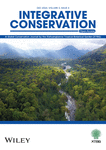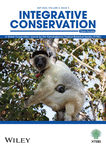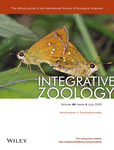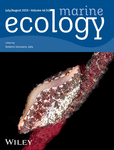Integrative Conservation publishes interdisciplinary research dedicated to furthering our understanding and conservation of biodiversity. The journal publishes research in organismal, population, community, and landscape ecology, evolution, systematics, biodiversity, behavior, botany, zoology, conservation physiology, conservation planning, policy, and relevant areas of the social sciences.
Journal Metrics
- 1.7CiteScore
- 44%Acceptance rate
- 40 days Submission to first decision
Why publish in Integrative Conservation?
- Reach your global audience, wherever they are. Integrative Conservation is fully open access, and benefits from Wiley’s global promotional reach.
- Free to publish. Article publication charges are currently waived.
- Publish alongside renowned experts. Integrative Conservation is an official journal of XTBG, part of the world’s largest research organization, Chinese Academy of Sciences.
- Drive change. Your work could enhance effective conservation science and its influence on policy and practice.
- Join an engaged community of conservationists. Authors join a forum of discussion and debate, benefitting from varied perspectives on conservation.
- Indexed by SCOPUS, assuring that your work is discoverable for researchers around the world.
Articles
Agricultural Lands as Important Wintering Habitats for the Critically Endangered Yellow‐Breasted Bunting in Nepal
尼泊尔农业用地作为极危黄胸鹀的重要越冬栖息地
- 134-142
- 3 June 2025
Graphical Abstract
Continuous Detection of Wolf Canis lupus in Shangri-la National Park for Three Consecutive Years, Yunnan, China
香格里拉国家公园连续三年发现狼(Canis lupus)的活动
- 116-119
- 27 May 2025
Graphical Abstract
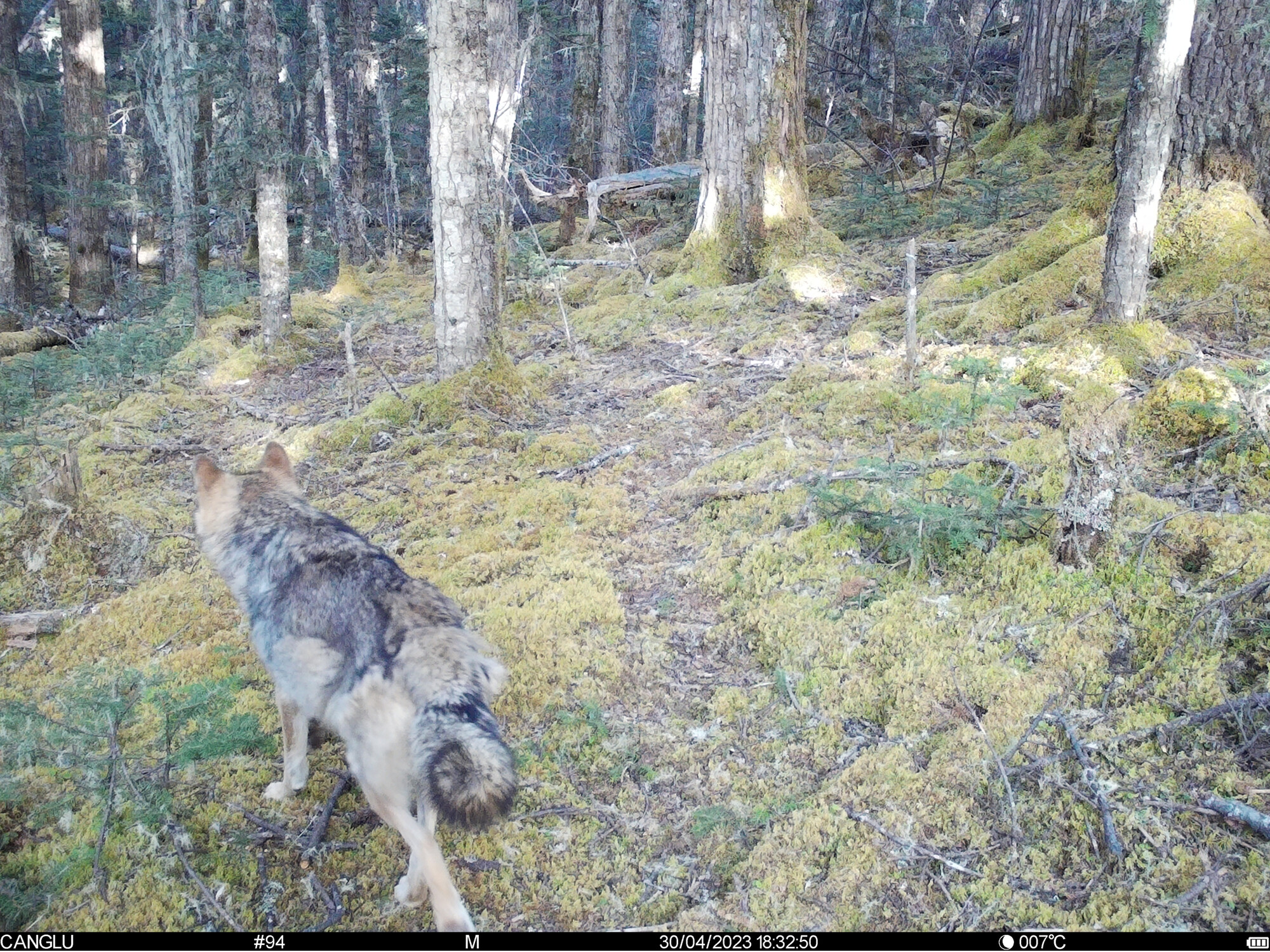
This study provides definitive evidence of wolf presence based on camera trap surveys conducted in Shangri-La National Park, northwestern Yunnan, between 2022 and 2024. This remarkable rediscovery highlights the critical role that well-managed national parks can play in facilitating the recovery of endangered species.
Fostering Children's Self-Efficacy Through Nature Education: Insights From a Wildlife Education Program in Rural China
通过自然教育培养儿童的自我效能感:中国乡村自然课项目的启示
- 154-164
- 21 May 2025
Graphical Abstract
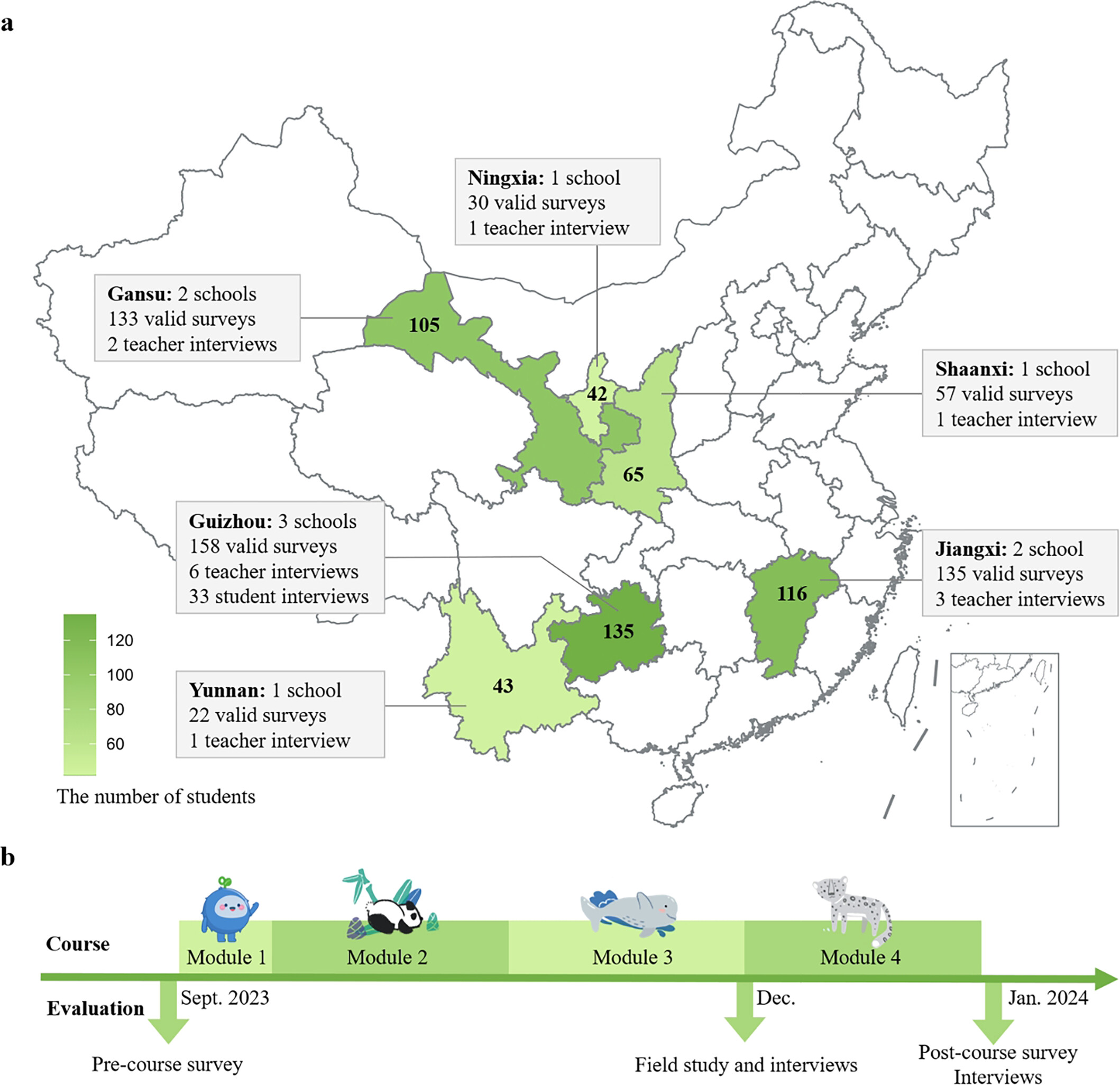
This study identified self-efficacy as a crucial outcome of nature education, with the potential for achieving long-term conservation goals. Using a mixed-methods design, we evaluated the effect of a wildlife course implemented in ten rural elementary schools in China, which significantly increased students' self-efficacy, and also contributed to pro-nature levels.
The Primate Name Yòu (狖) and Its Referents: Implications for the Future Conservation of François' Langurs in China
灵长类动物名称“狖”及其指代对象再钩沉: 对中国黑叶猴 (Trachypithecus francoisi) 未来保护的启迪
- 246-253
- 21 May 2025
Graphical Abstract
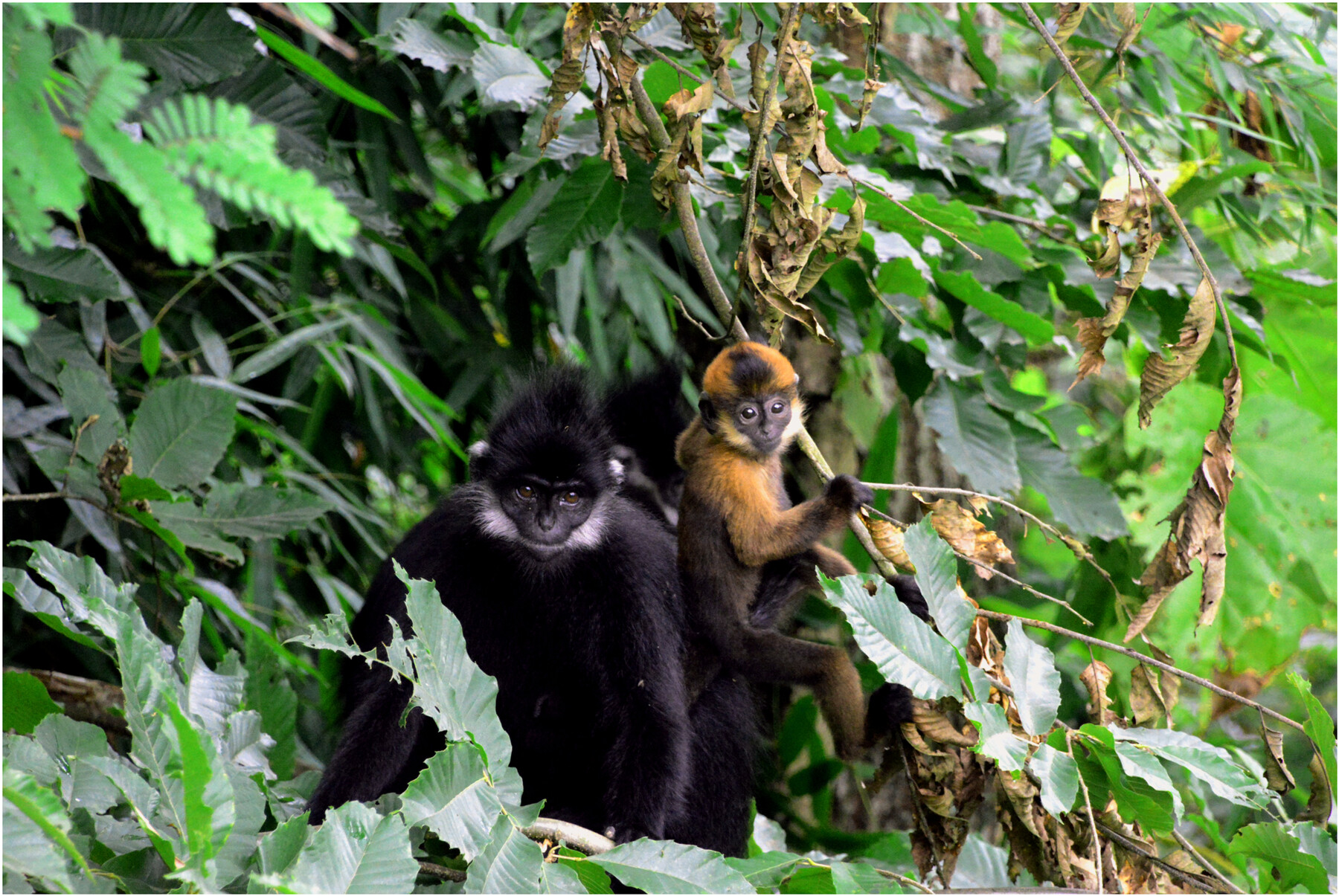
After the great Chinese poet Qu Yuan (屈原) was exiled to Xupu (溆浦) county in Hu' nan province, he described the forest there as follows: “mysterious is the deep forest, the place where Yuán yòu dwell (深林杳以冥冥兮,乃猿狖之所居).” What is the referent of the name Yuán yòu in this sentence? This study reveals that in ancient China, the original referent of the name Yuán yòu was the endangered François' langurs (Trachypithecus francoisi). As evidenced by this study, this species widely appeared in South China in historical periods.



